
About Ocean Pollution
“Stormwater can pick up debris, chemicals, dirt, and other pollutants and flow into a storm sewer system or directly to a lake, stream, river, wetland, or coastal water. Anything that enters a storm sewer system is discharged untreated into the waterbodies we use for swimming, fishing and providing drinking water.”
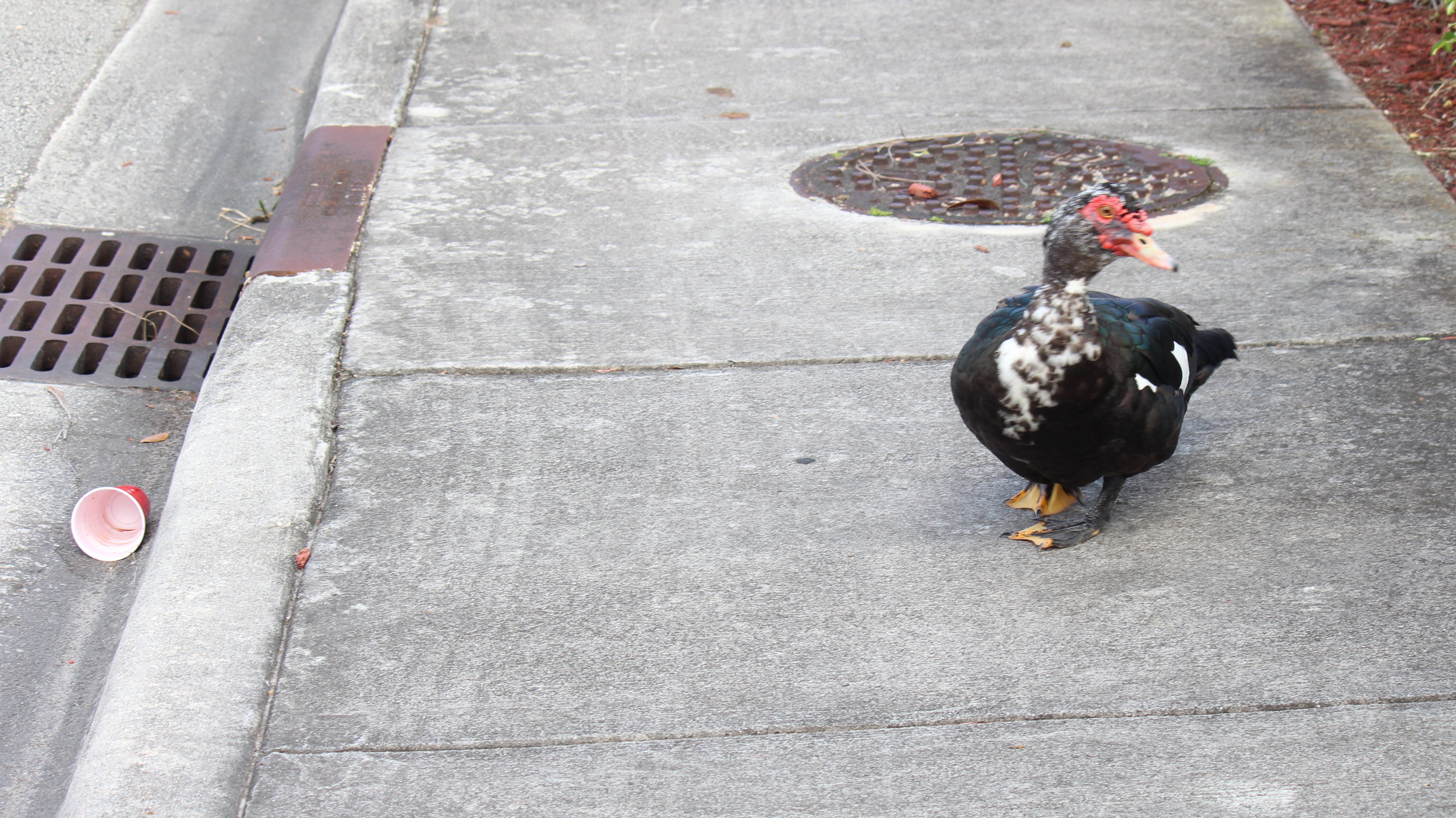



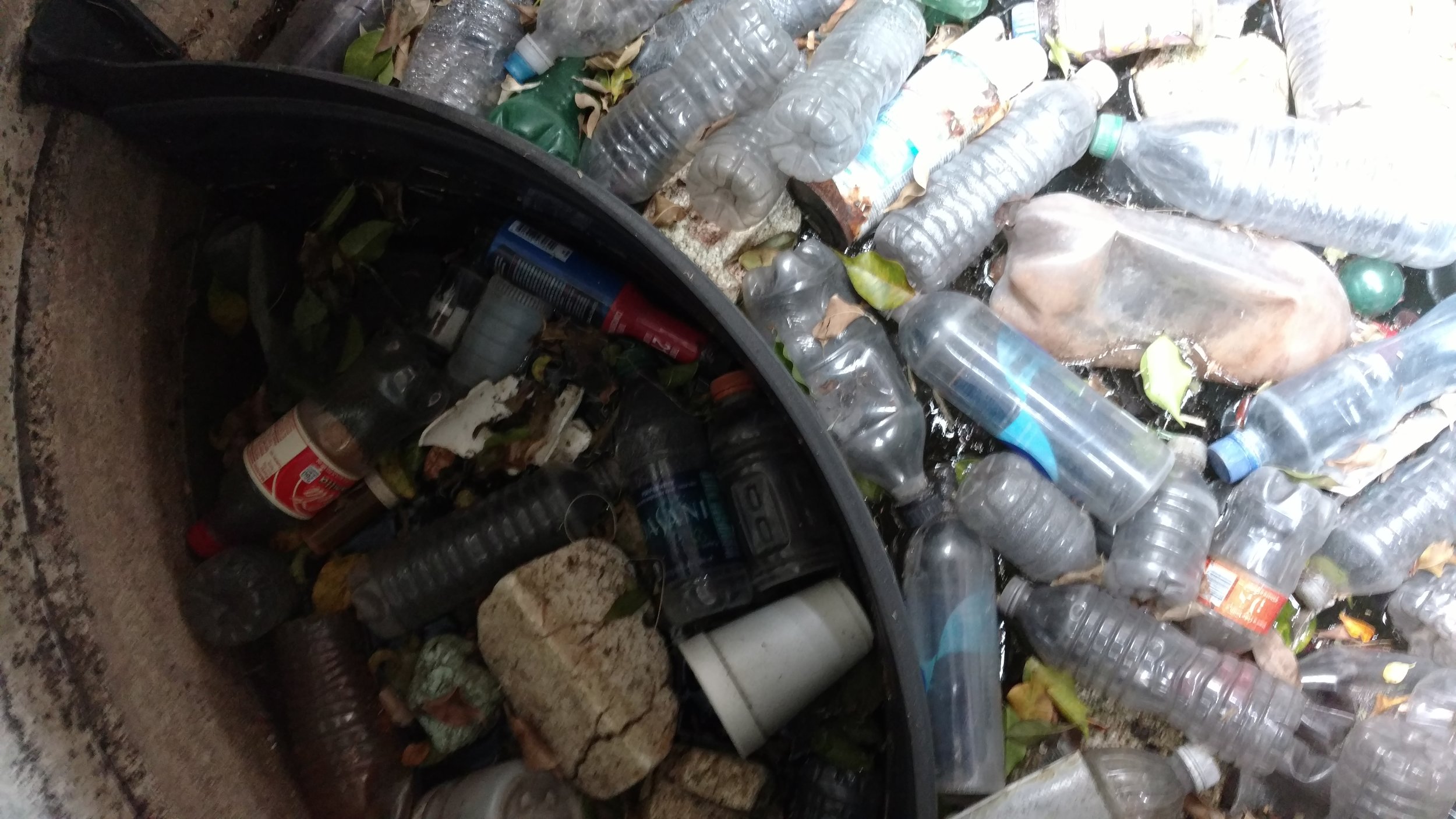

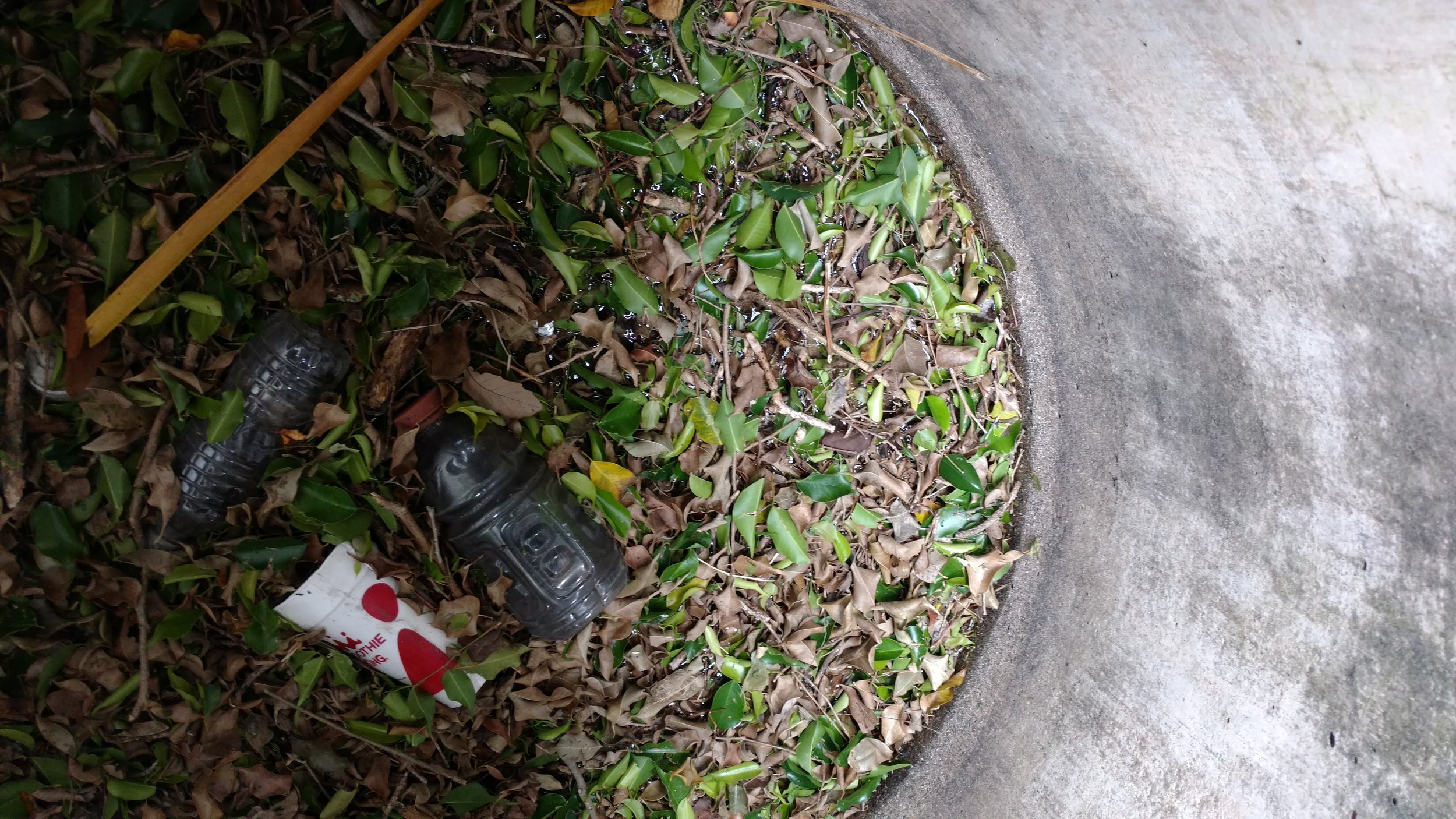
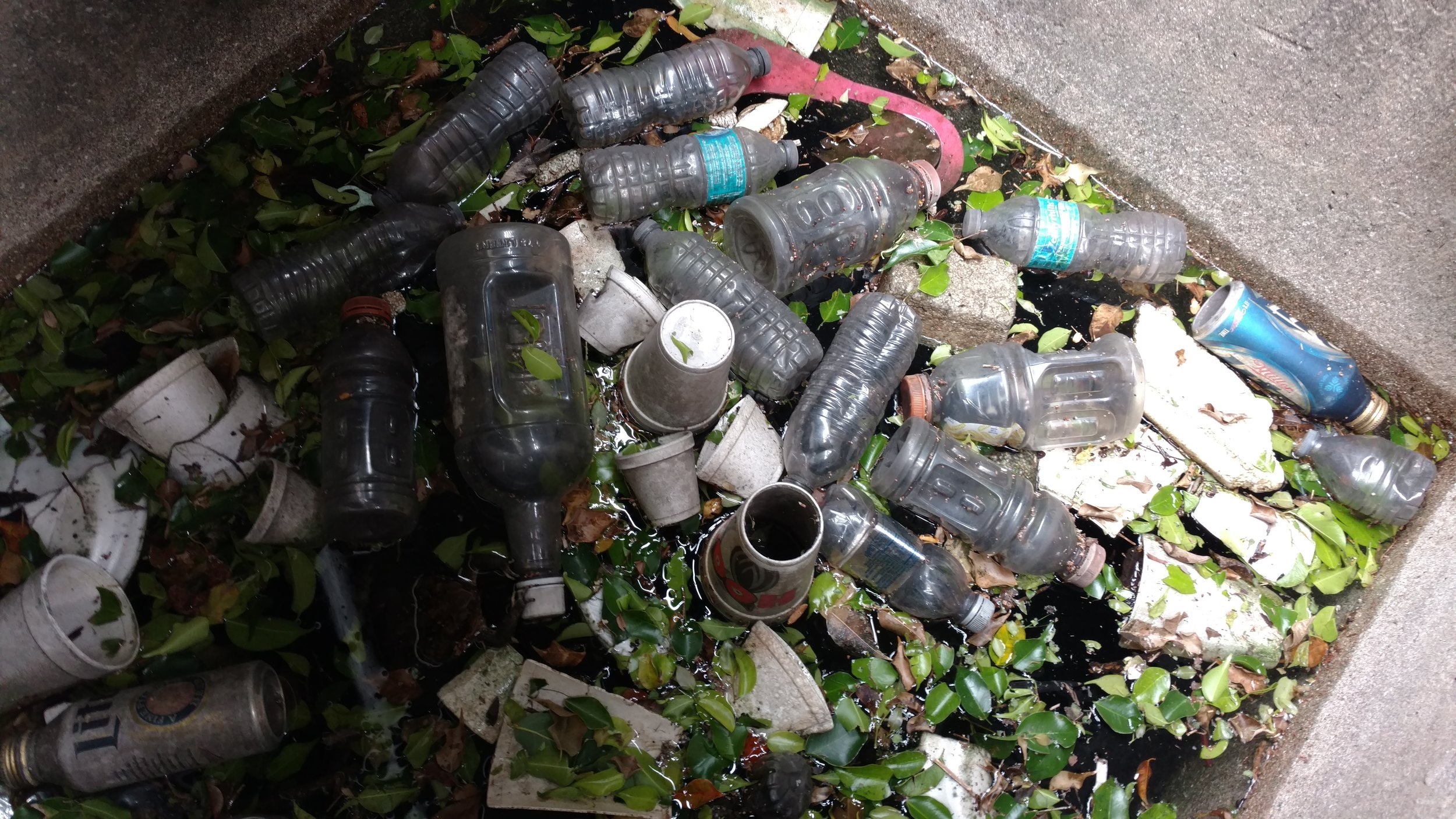
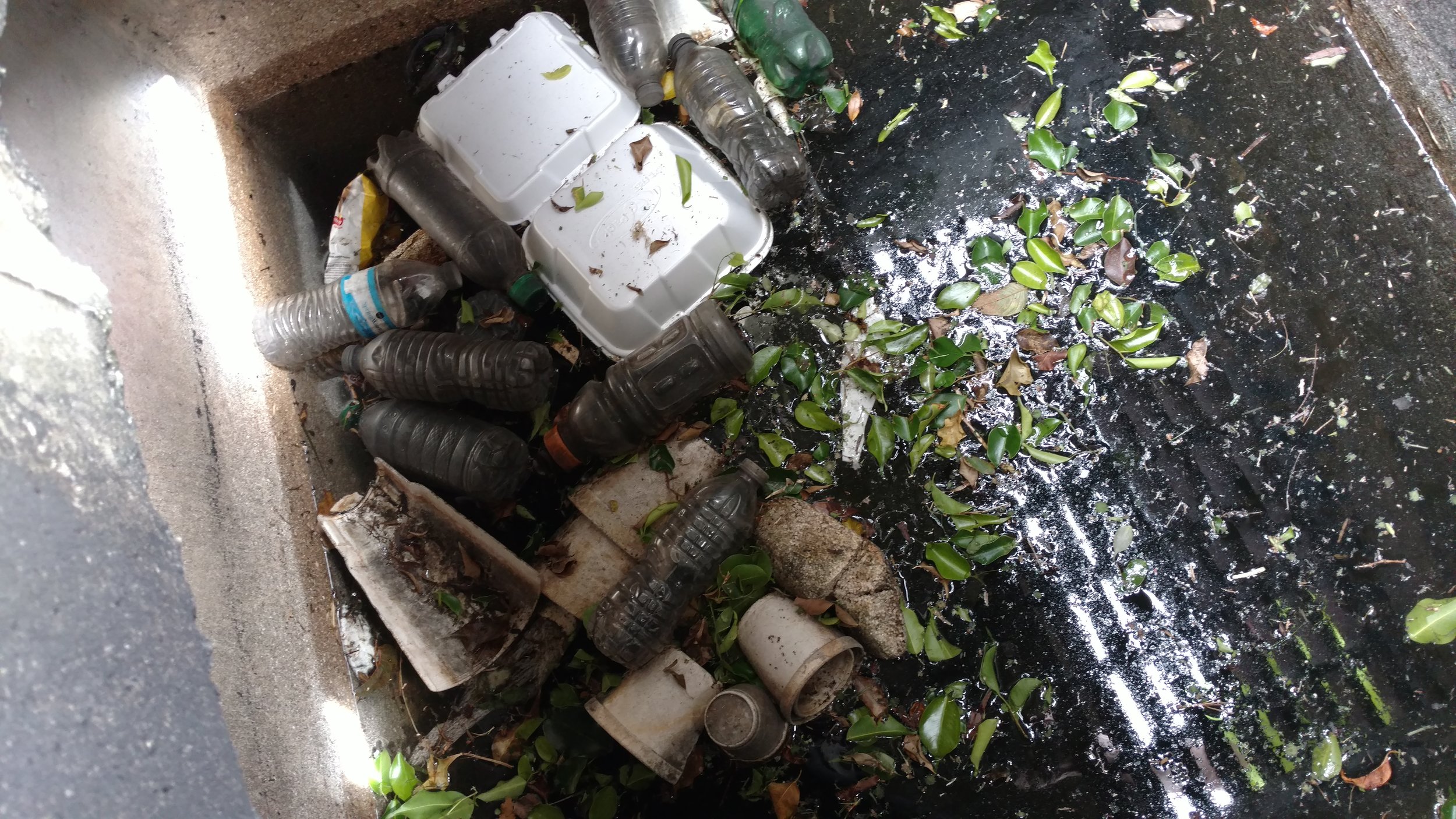
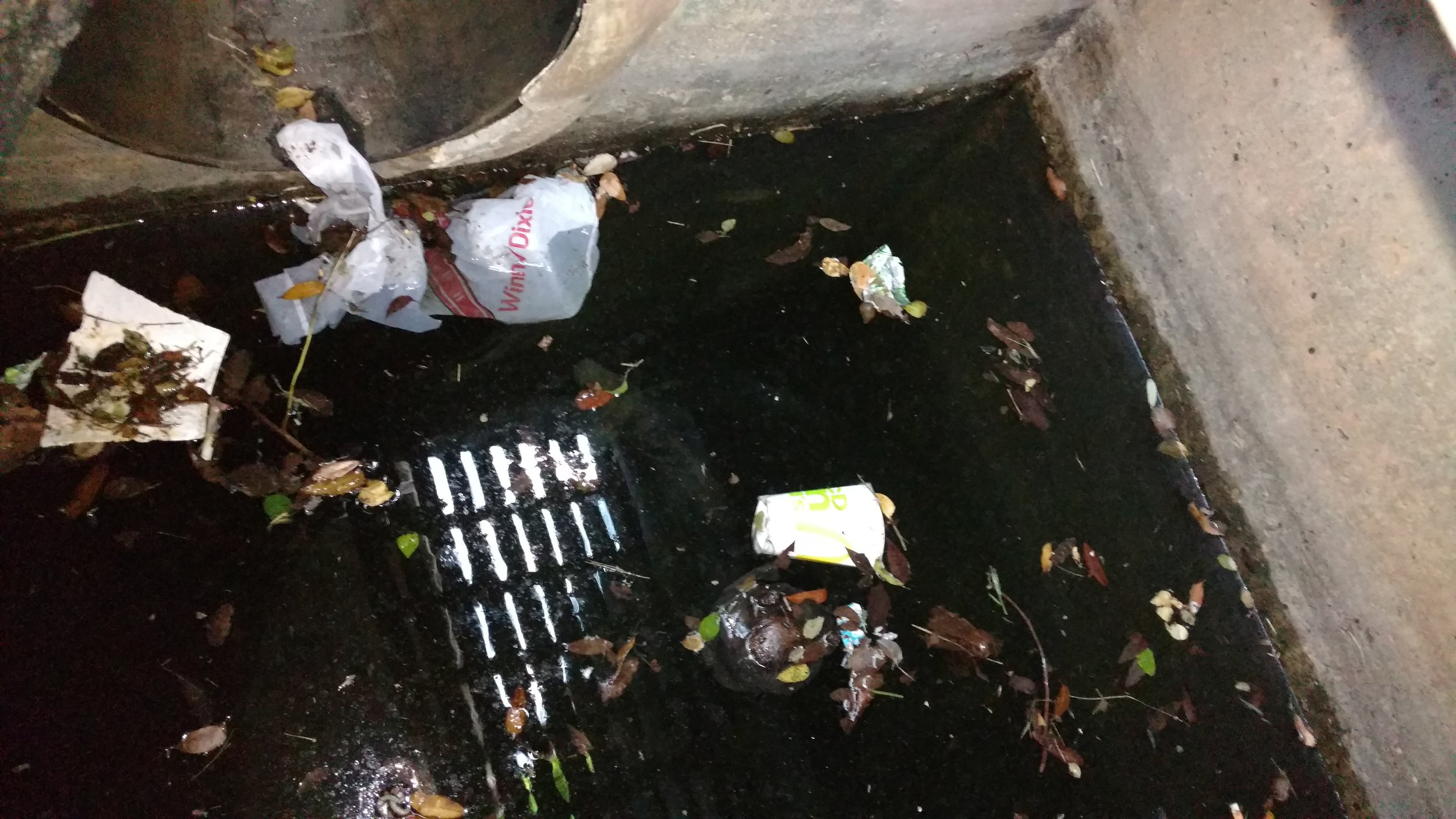
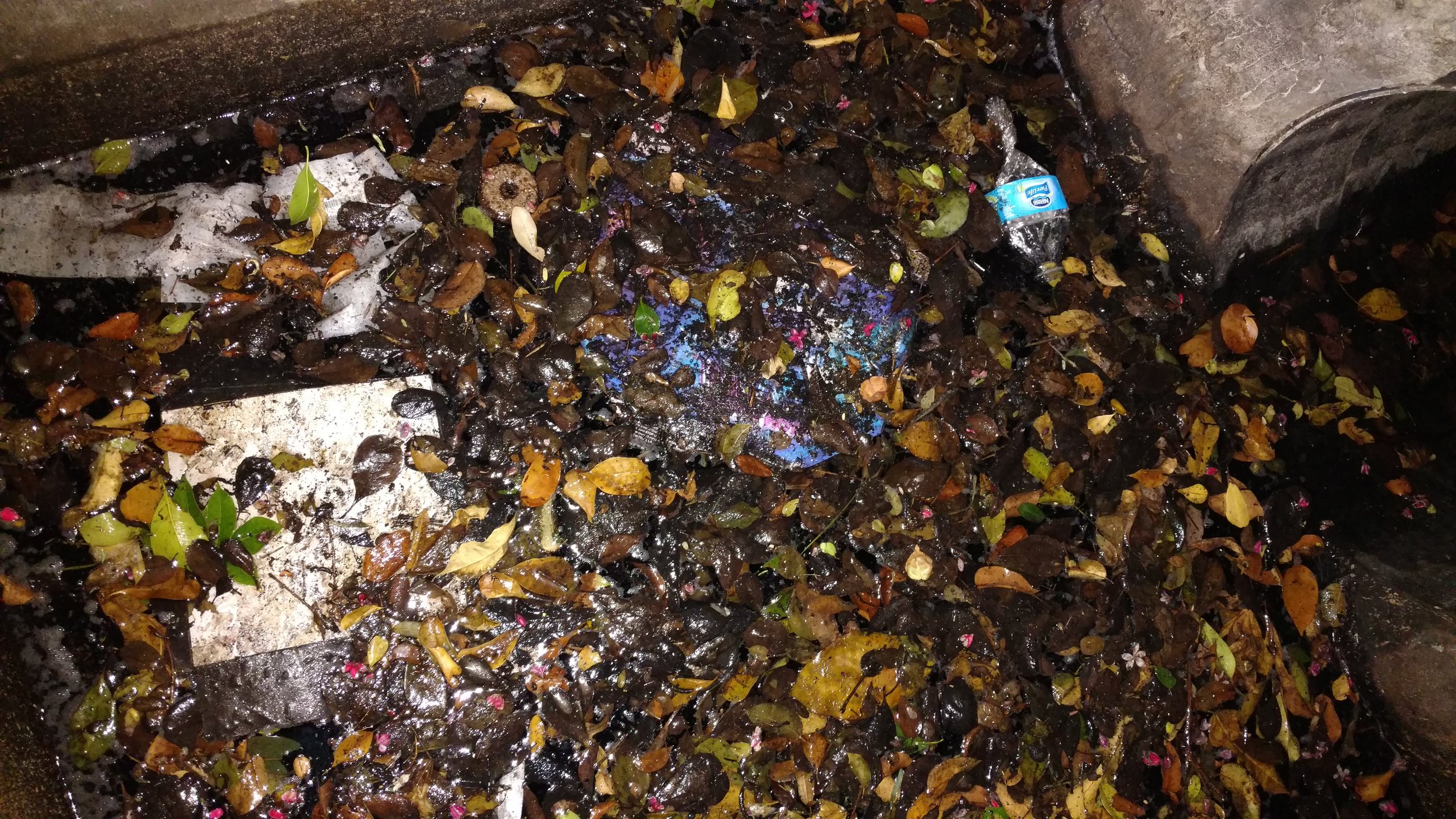

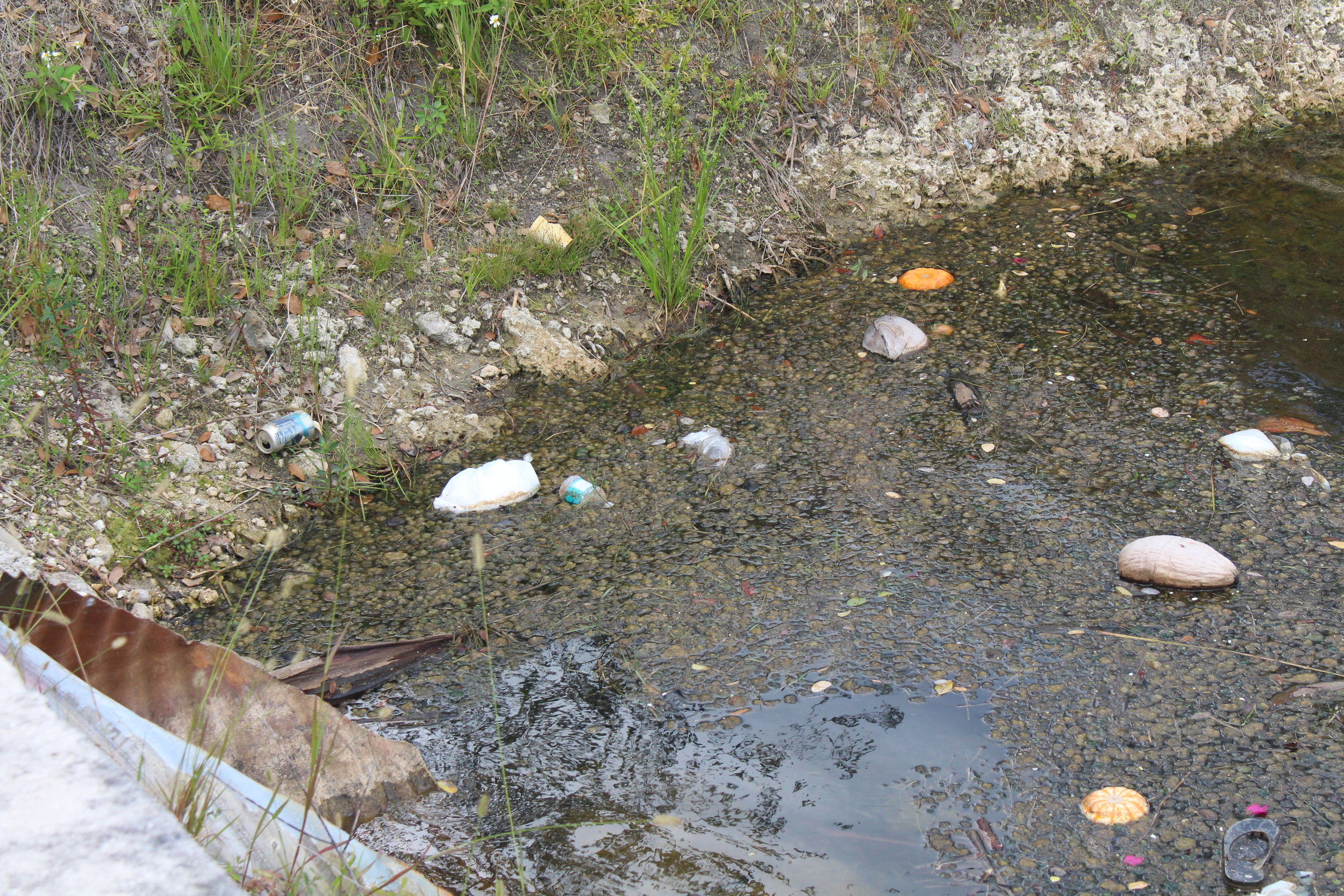

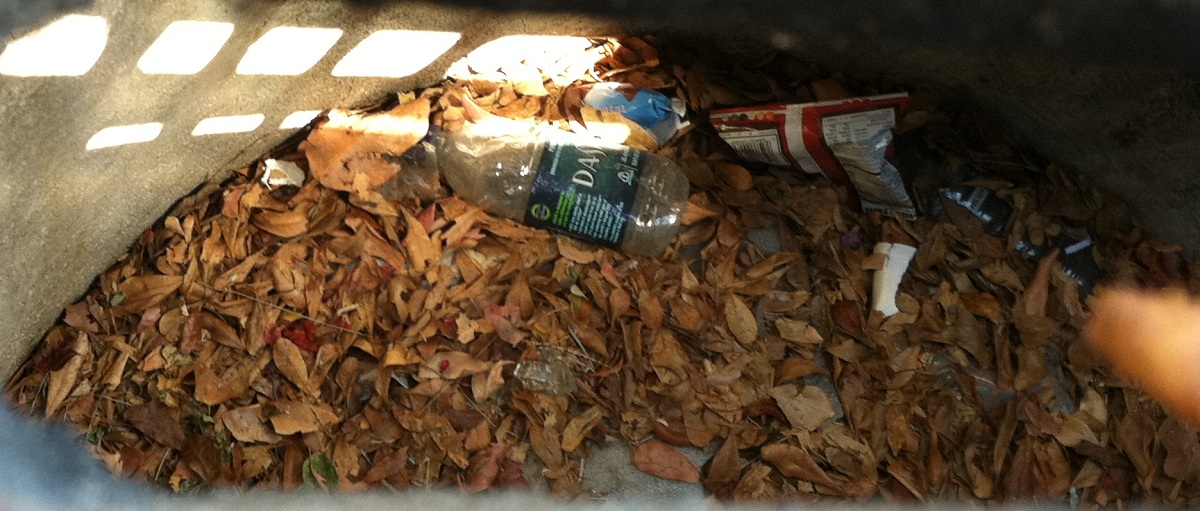
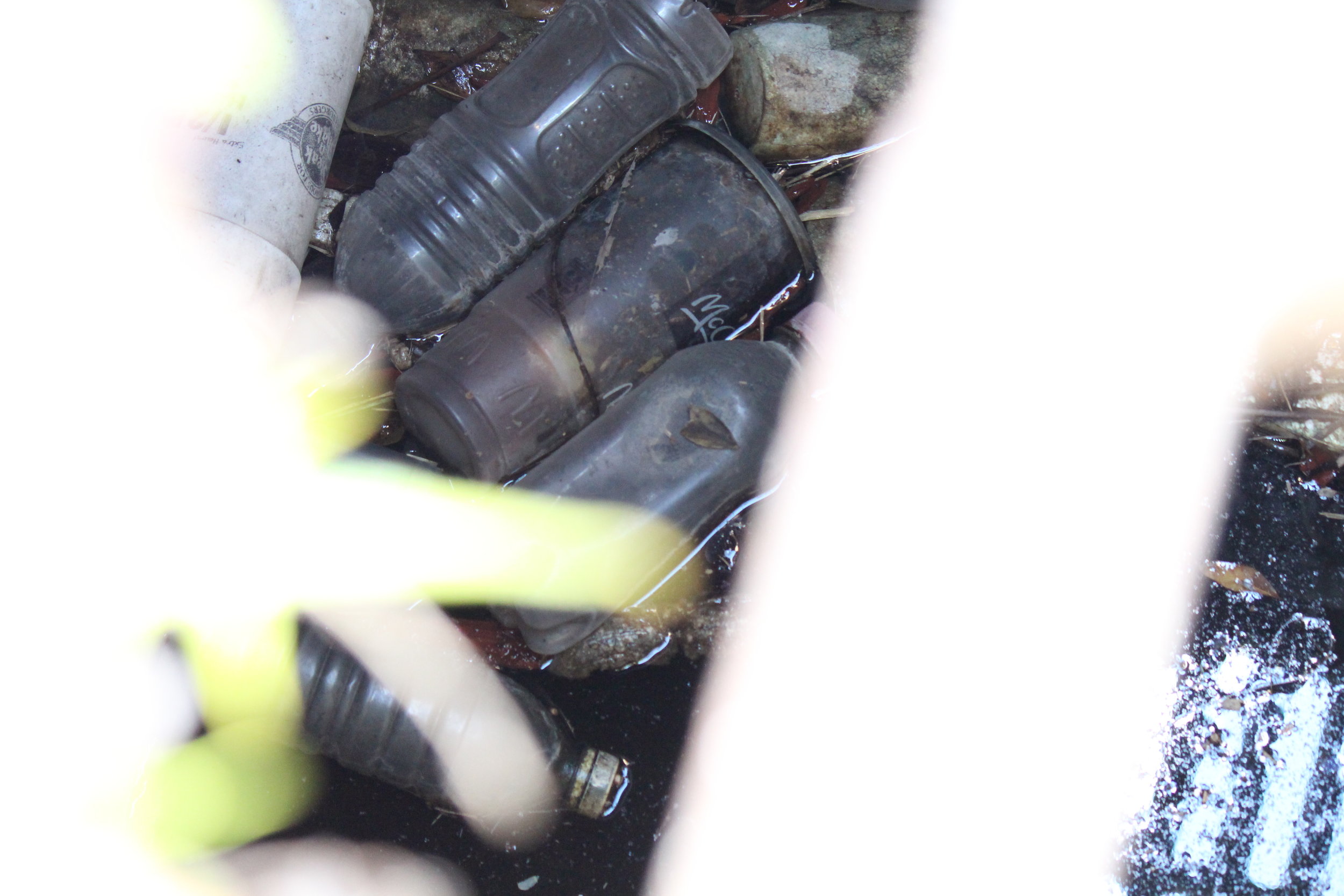

impacts of STORMWATER pollution
Governmental and non-governmental organizations explain the many impacts of ocean pollution. Our technology is designed to prevent the issues described below.
The stormwater pollution photos and videos accessible via the download button below are being provided with copyright and related rights waived via CC0. Please use and share! CC0 does not apply to other content on this page or website, unless otherwise noted.
“Stormwater is often carried through drainage pipes to outfalls into large bodies of water. This water is often not filtered or treated before being discharged and can contaminate our canals, rivers, lakes, Biscayne Bay and eventually the Atlantic Ocean. [...] Once the stormwater pollution reaches our waterways, it can be harmful to plants and animals.”
Pollution in Miami Beach, FL storm drain inlet
“Where does the storm drain go? Water that flows down driveways and streets into a gutter goes into a storm drain which flows directly to a creek and then to the South San Francisco Bay.”
“Currently, storm runoff carries various pollutants (oils, trash, fertilizer, etc.) into our storm drains where they are eventually released through 63 outfalls into our nearshore waters with very little filtration taking place.”
Pollution in Washington DC storm drain inlet
“Storm drains capture urban runoff water when residents over water their lawns and gardens, wash their cars in their driveways or hose anything on pavement. The water flows directly to the ocean – untreated.”
“Stormwater, or urban runoff, is the rain water and waste water that flows over driveways, lawns, sidewalks, and streets. As this water flows over these surfaces it picks up debris, chemicals, fertilizers, auto fluids, and other pollutants before entering into the stormwater system. Our stormwater system is designed to drain the city of rainwater during weather events and to help minimize flooding. The stormwater system carries the runoff through a system of interconnected pipes before depositing the runoff into Biscayne Bay and the surrounding the waterways.”
“Rainwater is not the only thing going into our storm drainage system. Urban pollution such as: litter and trash, oil drippings and brake dust, loose dirt, yard fertilizers, pet waste, chemicals, and other contaminants is carried by storm water into storm drains, then is piped directly into creeks.”
“Many contaminants can be found in stormwater including sediment, metals, oils, nutrients, bacteria and viruses. These contaminants are easily dislodged and may be carried by stormwater into sewers, streams, and eventually reservoirs.”
“When water from rain and melting snow runs off roofs and roads into our rivers, it picks up toxic chemicals, dirt, trash and disease-carrying organisms. Studies show that this stormwater pollution rivals sewage plants and large factories as a source of damaging pollutants in our drinking water and at our beaches.”
“Stormwater runoff is rain that falls on streets, parking areas, sports fields, gravel lots, rooftops or other developed land and flows directly into nearby lakes, rivers and Puget Sound. [...] The polluted runoff then rushes into nearby gutters and storm drains and into Puget Sound's streams, lakes, rivers and bays. In most areas, stormwater runoff enters these waters without being cleaned of pollutants.”
“When it rains, oil, antifreeze, detergents, pesticides and other pollutants get washed from driveways, backyards, parking lots, and streets into storm drains and then directly to the Rio Grande untreated!”
Pollution around the world
Organizations around the world have shared their photos and videos with Stop Ocean Pollution. Click on the location below to view photos and videos:
Anguilla | Brunei | Cayman Islands | Caribbean Netherlands
Germany | Israel | Mexico | Namibia
Nicaragua | Saint Kitts and Nevis | Singapore

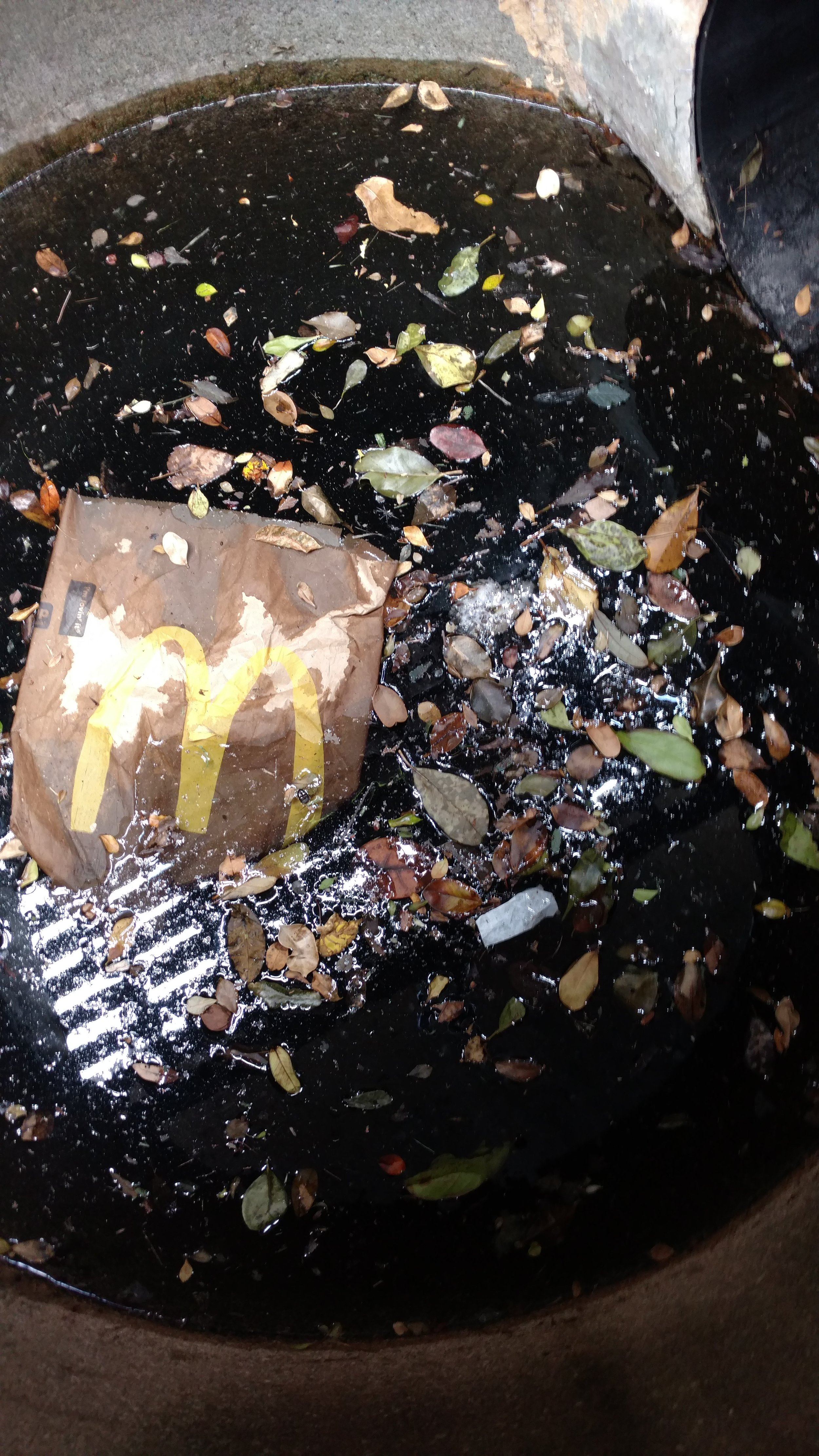










![“Stormwater runoff is rain that falls on streets, parking areas, sports fields, gravel lots, rooftops or other developed land and flows directly into nearby lakes, rivers and Puget Sound. [...] The polluted runoff then rushes into nearby gutters and…](https://images.squarespace-cdn.com/content/v1/53815aa4e4b037295d978dfc/1405305099668-3WT1F1QUEP5TEBGYG1FM/King+County+Washington)

